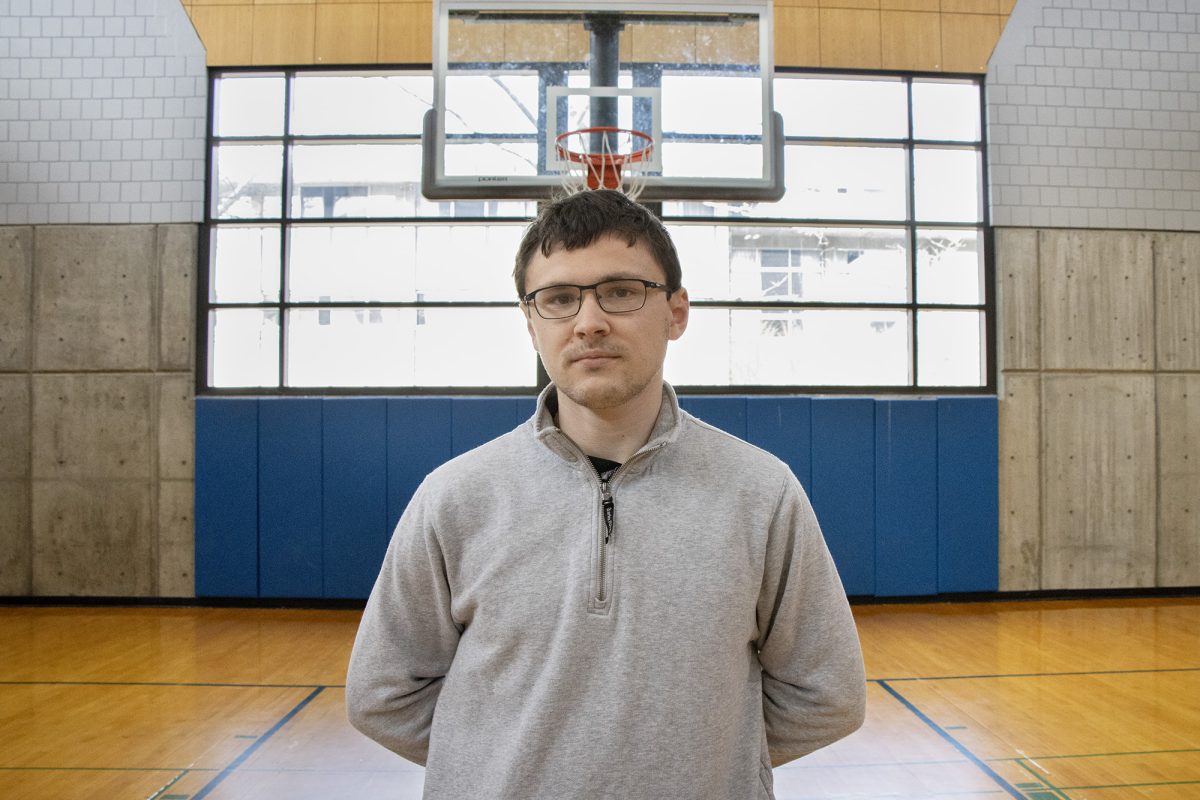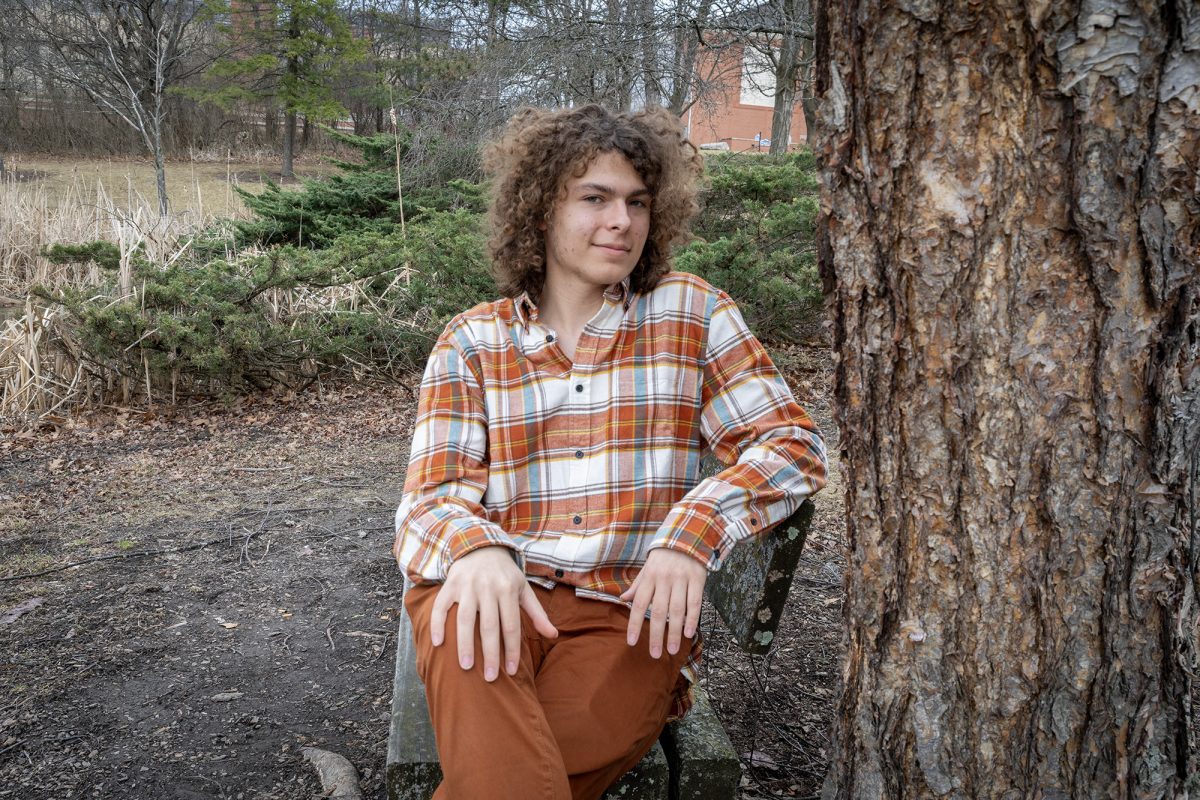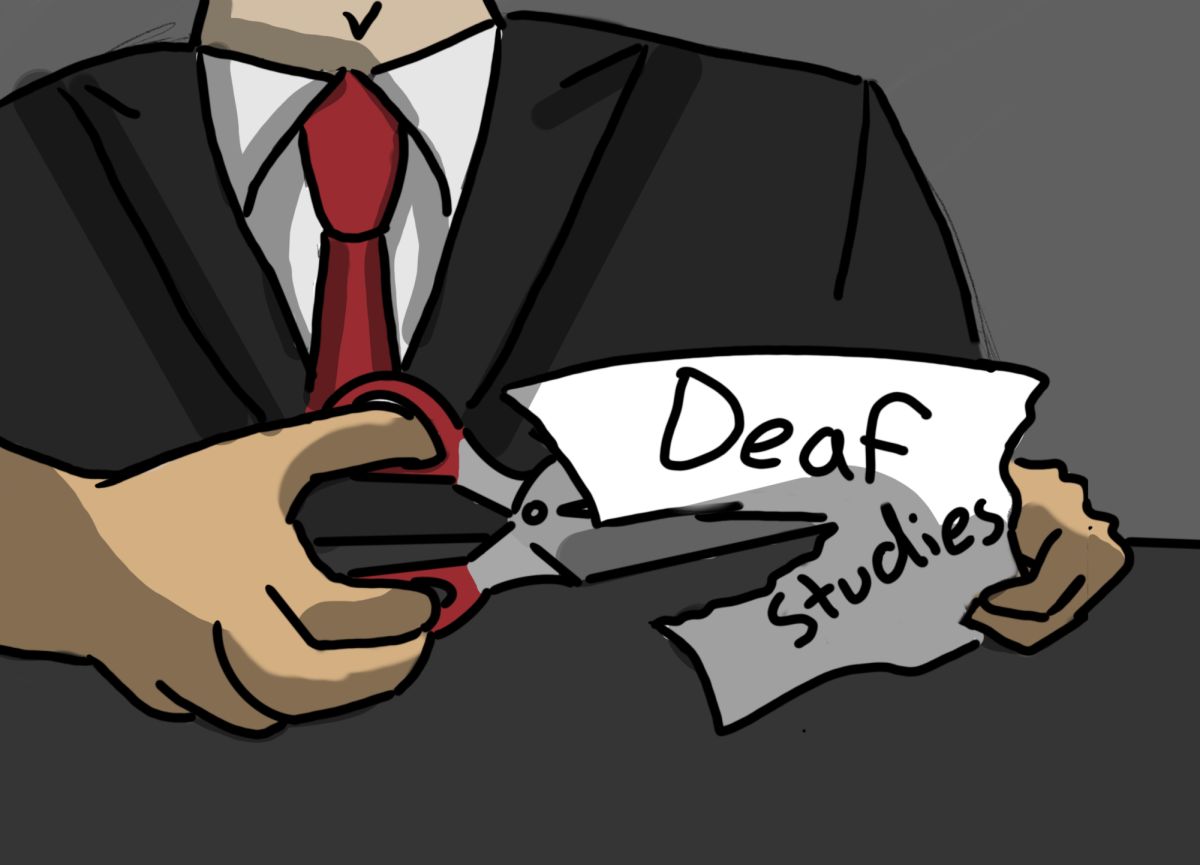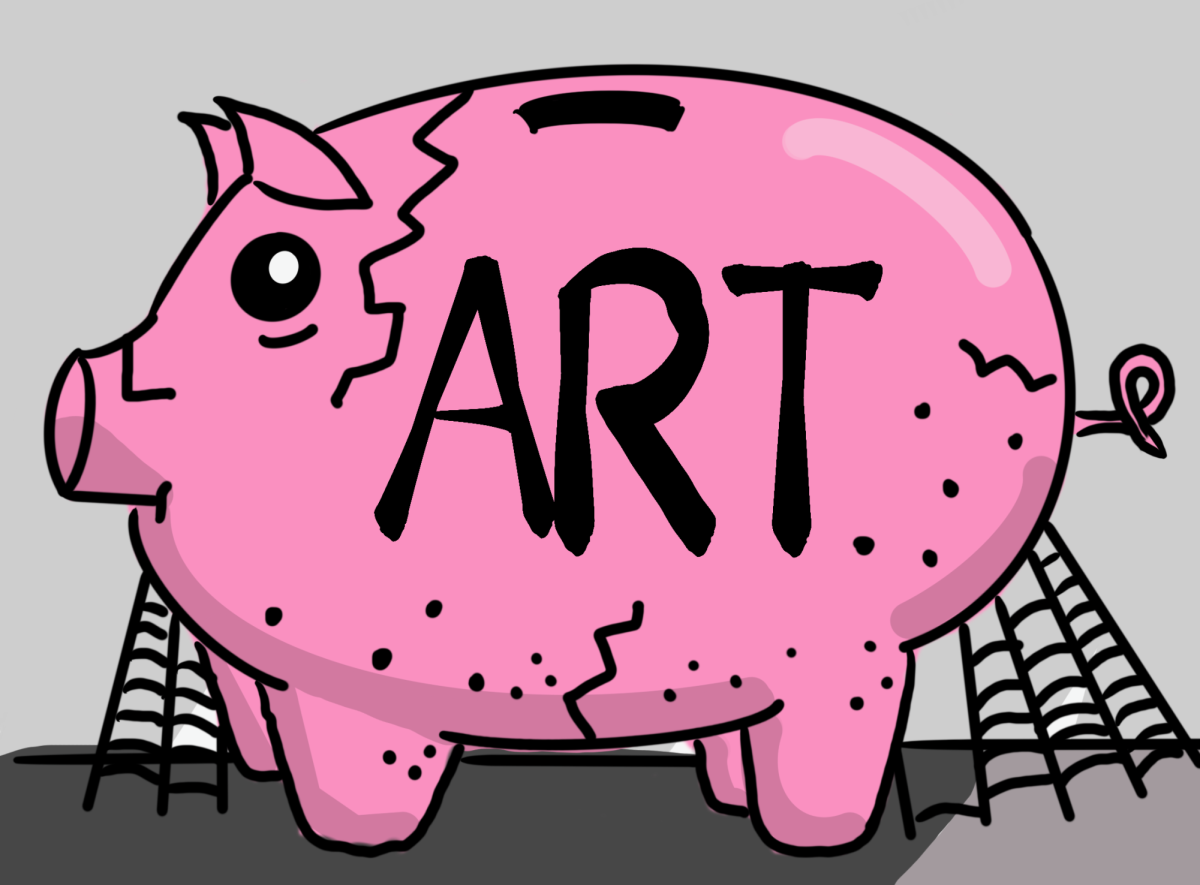Editor’s Note: This is a guest commentary. The opinions do not necessarily reflect the views of the editorial board.
Victoria’s Secret has been scrambling to reshape its reputation and combat previous allegations of promoting body dysphoria. The brand has been on a fashion show hiatus since 2019, taking a break to revamp. Returning to the stage, Victoria’s Secret went to four countries to host the Victoria Secret Tour ’23 this year, which can be streamed on Amazon Prime. The team consisted of original members, like Gigi Hadid, and integrated new models who were plus size, shorter than the average model or had vitiligo. After Tour ’23, the brand launched its adaptive collection, a line of intimates designed to accommodate women with disabilities. The line celebrated its premier with a runway feature at a New York Fashion Week event, hosted by the Runway of Dreams. Both events were successful and a step toward equality in the industry. While Victoria Secret tries to pride itself on becoming inclusive, there are still notable differences between the adaptive models and Tour ’23 that say otherwise. Could ableism still be one of Victoria’s secrets?
Adaptive models are angels, but they were never given wings. The first major difference between the adaptive collection and Tour ’23 models was the absence of wings. Tour ’23 models were given customized angel wings designed to exaggerate their beauty, but nothing was offered to the adaptive models. Was this a mindful intention to keep eyes on the model, to exaggerate their natural elegance and disability? I hope that this is the case. Die-hard fans of the traditional Victoria’s Secret fashion shows left snarky comments after clips of the adaptive models went viral on mainstream social media platforms, like Tik-Tok and Instagram.
One read “Bring back the Angels! This is just depressing to look at. 🥲” and another called the production “American horror story: freakshow.” The comments and attitude appear to be built around the outdated belief that a Victoria’s Secret model is meant to be elite and “unachievable”, angelically “perfect” in all aspects. It is twisted. “Unachievable” is associated with beauty norms, but it appears to include physical capabilities as well.
Victoria’s Secret’s actions can be seen as benevolent; they are actively trying to fix concerns but have remained controversial while doing so. It is hard to tell the brand’s full intention. Per their track record, it could just be a mirage. If “regular” wings were too big or heavy, why not customize them to each model as they did for Tour ’23? Is it a coincidence that adaptive models never received wings, or is Victoria’s Secret still stuck in the past like their critical fans?
Clips from the adaptive collection don’t scream Victoria’s Secret in comparison to the Tour ’23 display — something was off. On the intimates, the typically prominent “VS” initials were replaced by a microscopic “V” engraved in the metal clamps between cups of bras and dainty charms sewn onto the seams of bottoms. You would think a company participating in a runway, especially when trying to rebrand, would make an effort to put a spotlight on its name. During Tour ’23 the majority of the models’ underwear read the brand names “PINK”, a branch of the brand aimed toward teenagers, and “Victoria’s Secret.” Meanwhile, the adaptive collection had little branding and showed no commercialization. There were no grand theatrics and the color pink, Victoria’s Secret’s iconic shade, was nowhere to be found. Their scene was empty. Oddly, the brand’s name was barely on the runway too; one would never know it was Victoria’s Secret unless they had been told. It is weird because the brand is notorious for turning everything it touches into a walking billboard, living off trademark commercializing. Was it per NYFW’s request that the brand limit its advertising and performance, or was it an attempt to disassociate?
The adaptive collection’s premiere was monumental for its purpose, allowing women of all physicalities to feel empowered. The Adaptive line pressured the societal belief that disabled women are outside the beauty norm and incapable of intimacy. It was modeled by those it was created for and gave recognition to those who have been misrepresented by the industry. Victoria’s Secret is trying, we can give them that, but left one-too-many questions about the intentions behind its choices. The two points might come off as nit-picking, but in the end, we must ask if these are coincidences or secretly deliberate actions by the company. In the future, I hope to see adaptive models in main tours, strutting with angel wings and props, given the full Victoria’s Secret treatment. Until that day comes, questions still remain about if Victoria’s Secret is an ableist company.
Samantha Ruiz (she/her) is a sophomore journalism major. Contact her at [email protected].














